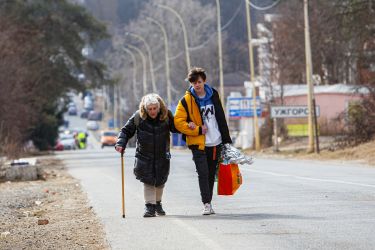
Politics & Society
I’ve seen war and beyond the horror lies a shared humanity
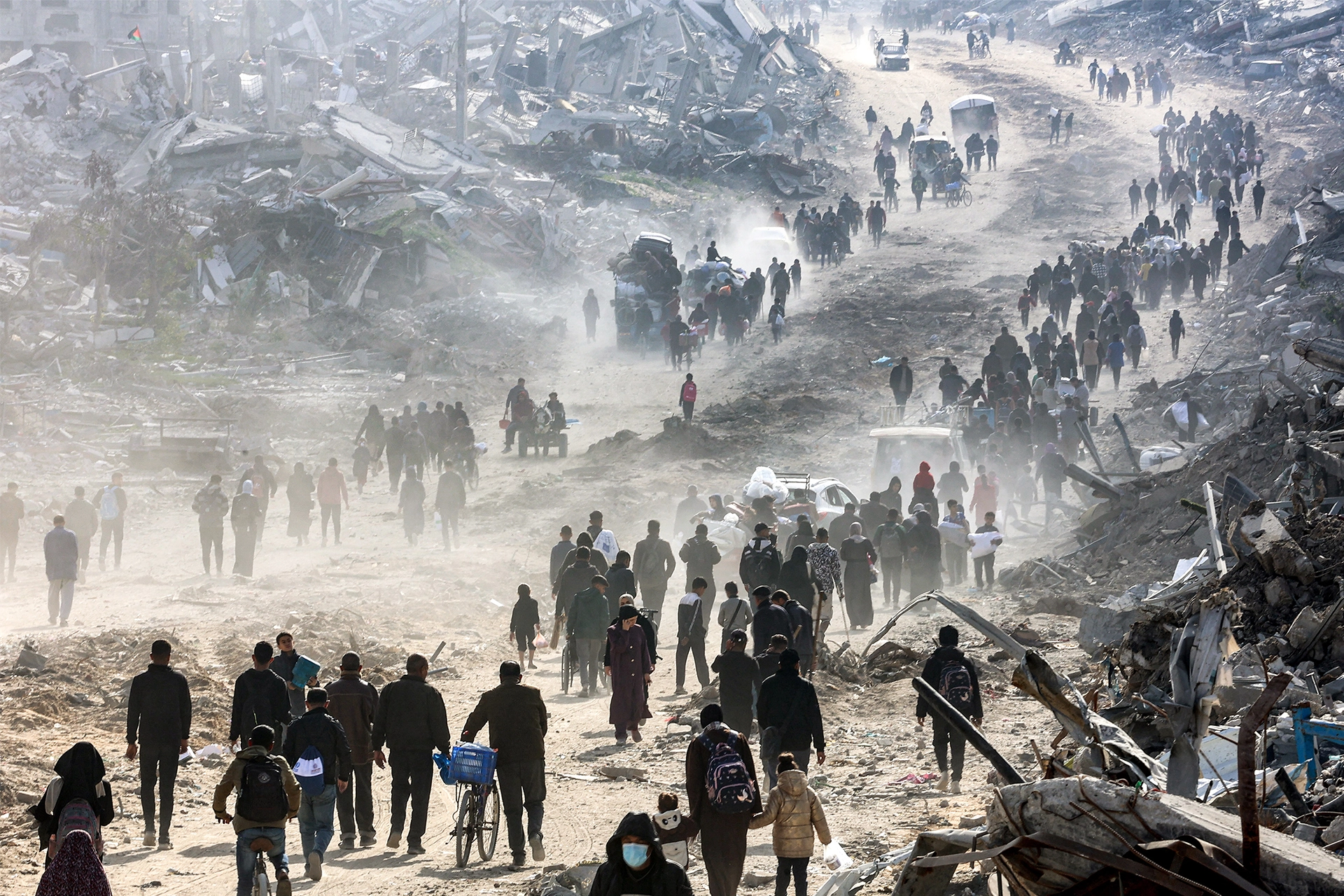
While the politics are complicated, there is nothing complicated about the public health need to prevent more suffering, injury and death
Published 29 January 2025
The health and humanitarian crisis in Gaza is acute.
Many tens of thousands of people have been killed and thousands of others have sustained injuries with lifelong consequences.
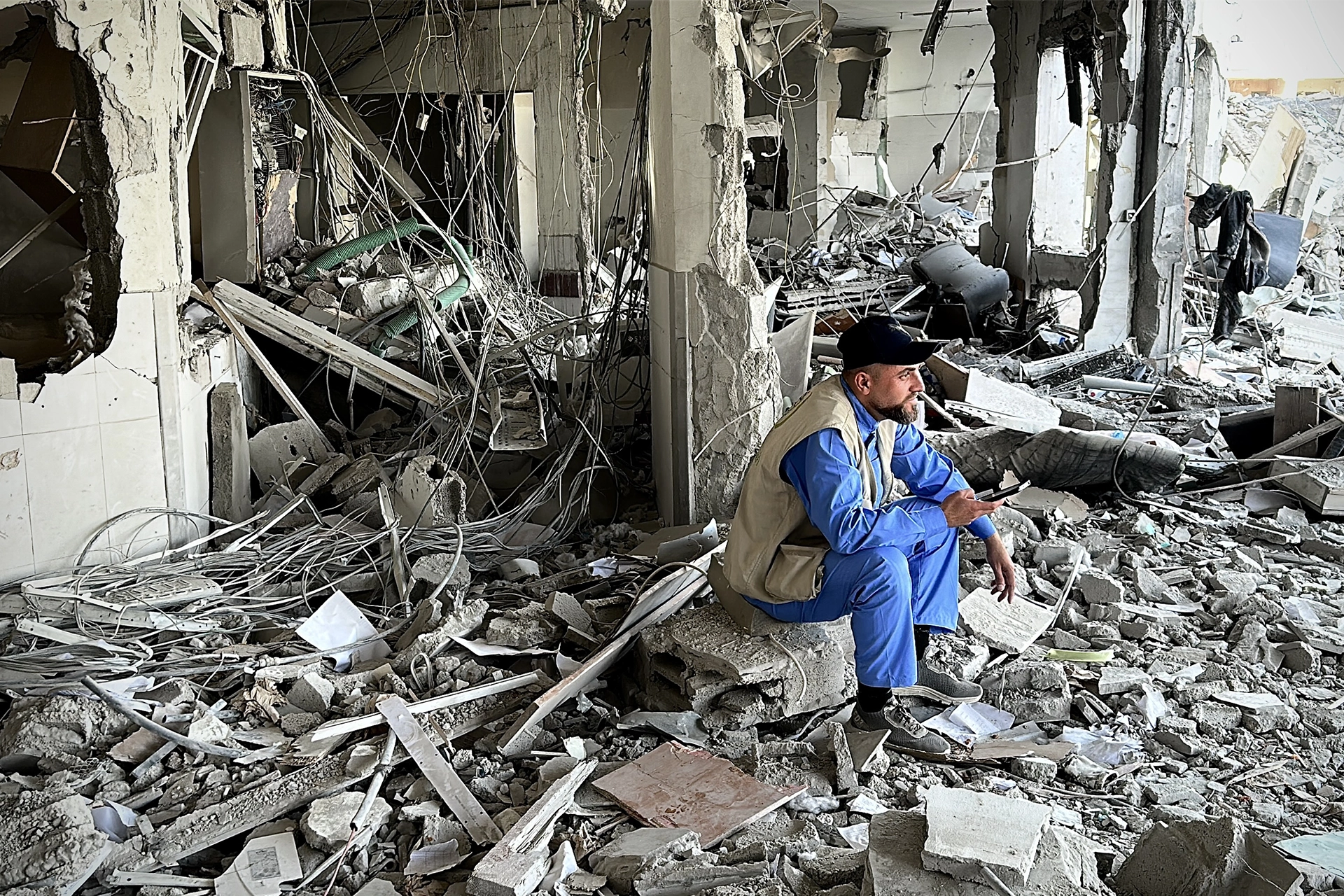
In our recent paper in the British Medical Journal – Global Health, we argue that while the politics are complicated, there is nothing complicated about the need to prevent more suffering, injury and death among the people of Gaza.
As we hopefully move toward a lasting ceasefire, these critical public health needs must be front and centre of rebuilding efforts.
War has catastrophic impacts on human health and these impacts persist for many years after the hostilities end.
Gaza’s health system has been severely compromised, with 94 per cent of health facilities either damaged or destroyed. According to the most recent data, as of early December 2024, only 17 out of 36 hospitals are partially functional.

Politics & Society
I’ve seen war and beyond the horror lies a shared humanity
Not only are hospitals damaged or destroyed, but hospital supplies are severely limited and many healthcare professionals have been killed.
This means there’s an enormous increase in health needs and simultaneously, a severe reduction in the human expertise and capacity to meet those needs.
The huge number of traumatic injuries, infections and illnesses would be difficult for any well-functioning system to cope with, let alone a devastated health system like the one in Gaza.
Traumatic injuries – caused by explosives, bullets and other instruments of war – are what we commonly think of when we think of conflicts like this, but there are many other impacts on health. These can relate to a lack of sanitation and clean water, reduced access to maternal and child health services, inadequate food supply, and the impacts of not having routine vaccination and screening programs.
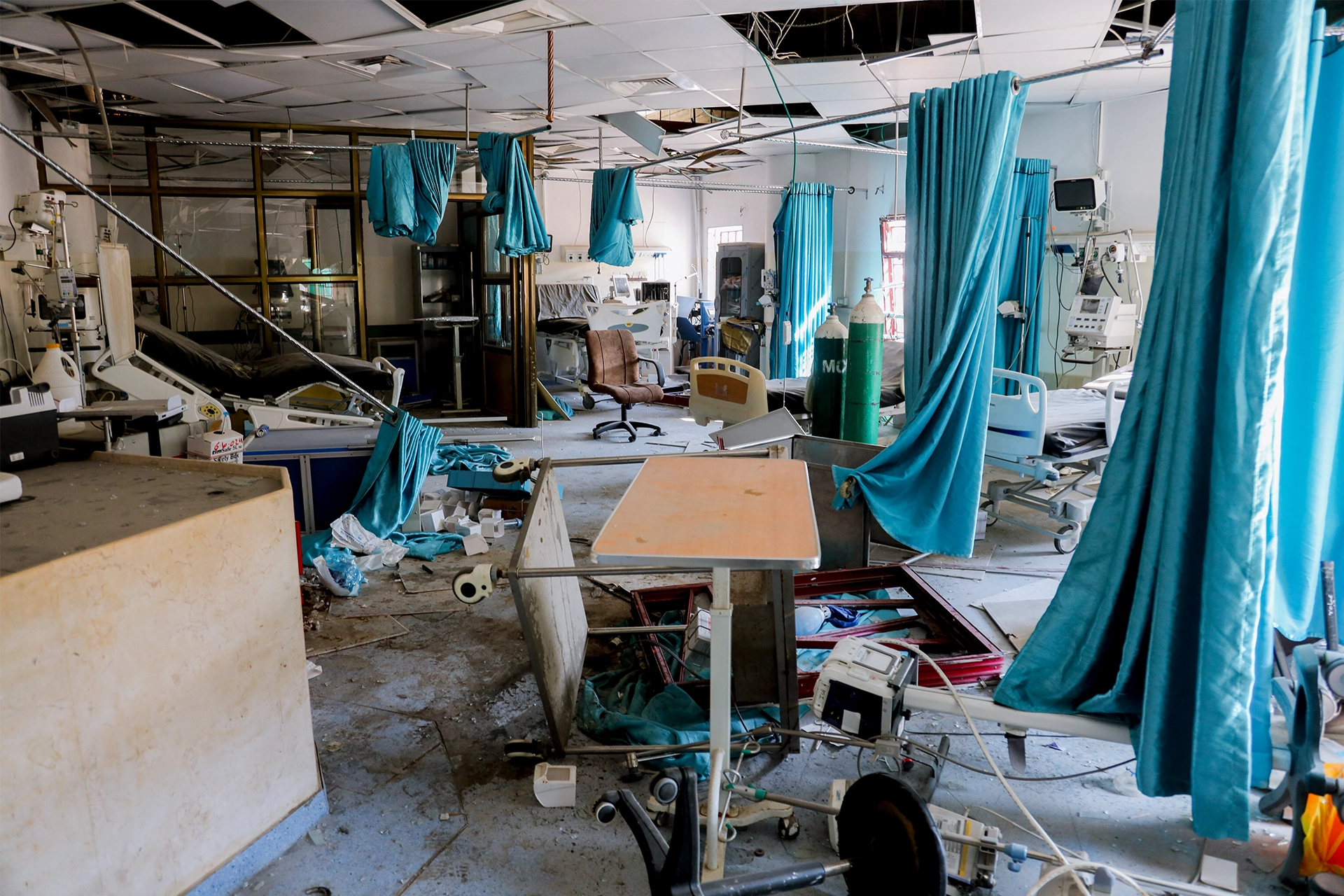
In July, a paper published in The Lancet tried to estimate the deaths that might result from these indirect factors, in addition to the direct deaths. Based on the figures at that time, they estimated the combined direct and indirect deaths would be over 180,000 people.
Out of a population of about two million, that is a substantial proportion. And given that the estimate is based on statistics in mid-2024, it is now likely to be significantly higher.
There’s also increasing recognition of the environmental impacts of the war, with effects contributing to the climate crisis as well as having long-term impacts on human health.
In November 2024 it was reported that more than 85,000 tons of bombs had been dropped on the Gaza Strip. This exceeds the level of explosives used in World War II.

Politics & Society
The impasse between Israel and Hamas
Given that Gaza is a small area of approximately 365km², this has had an immense impact on air, water and soil pollution. Small particulate matter including asbestos has been released into the air, heavy metals have contaminated soil and water and biodiversity has been affected – all of these will have long-term impacts on the health of the residents.
The prospect of a ceasefire is welcome. However, it marks the start of a long road to recovery for those in Gaza.
Projections continue to shift, but rebuilding Gaza will cost tens of billions of dollars. Health is a fundamental human right, and public health should therefore be at the core of Gaza’s recovery.
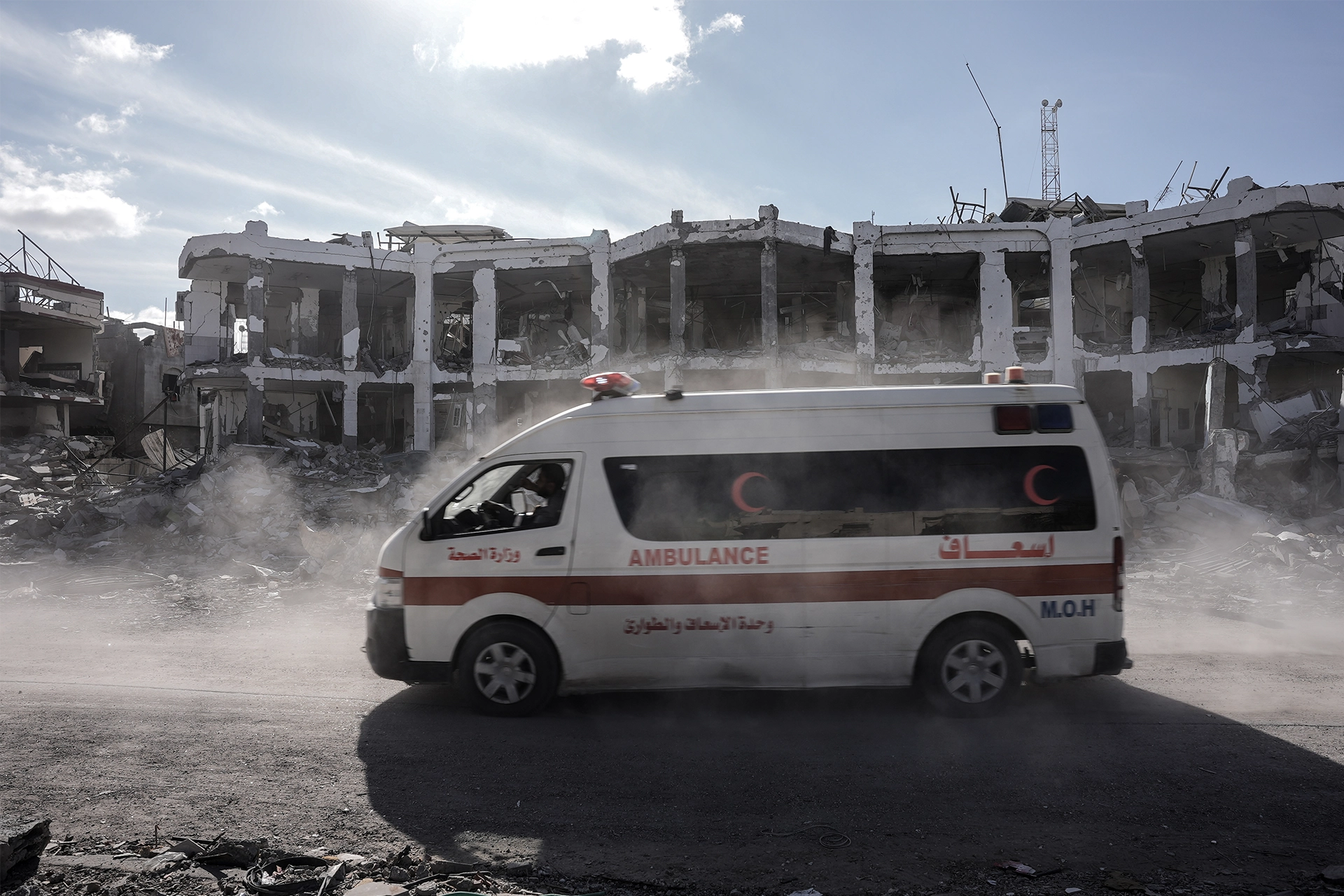
An immediate priority is rebuilding a health system with hospitals, specialist services, primary healthcare providers, vaccination programs, screening programs, and maternal and child services.
Education is also key to building the public health system. With many healthcare workers killed, building expertise and capacity in new generations of Palestinians who can deliver healthcare in the future is vital.
This will require substantial investment from other countries.
Governments must now support rebuilding efforts that urgently prioritise the health needs of the people of Gaza. This includes rolling out vaccination campaigns, providing access to clean water and evacuating injured children who need specialised treatment.

Politics & Society
Q&A: Israel, Hamas and the future of the Middle east
We should also lobby governments to increase their financial assistance to organisations like UNRWA (the United Nations Relief and Works Agency for Palestine Refugees in the Near East), who are the largest provider of humanitarian and other services for the people of Palestine.
Equally, it's essential that we continue to support the work of the International Red Cross and Red Crescent Movement, Médecins Sans Frontières, the World Food Programme, UNICEF, WHO and others working in Gaza.
War is one of the biggest, but least recognised, influences on public health worldwide.
Whether in Gaza, Ukraine, Sudan, the Democratic Republic of Congo, Myanmar or any of the many areas of conflict in the world today, war produces immense long-term suffering and creates and intensifies social and health inequalities that will shape the outcomes of generations to come.
While discussion about Gaza often gets mired in accusations and blame, we cannot let politics distract from urgent action to address the critical public health needs of the population.